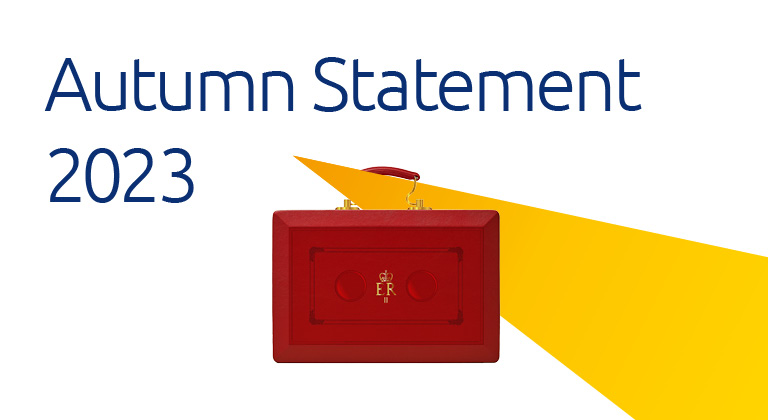Saving and Investing
Autumn Budget 2024: What are the key changes and how might these affect your employees?
What does 2024's Autumn Budget mean for you and your employees? Read our key highlights to get up to speed.

id
On 30 October 2024, the Chancellor Rachel Reeves announced a range of measures in Labour’s first Budget for 14 years. Here are the key changes we think you should know about – and what these might mean for you and your employees.
Watch our Autumn Budget roundup
id
Hear from Mike Ambery, Retirement Savings Director at Standard Life, on his take on the Autumn Budget
Big changes to employer National Insurance could bring big opportunities
The Chancellor announced that she’s increasing employers’ National Insurance (NI) by 1.2 percentage points, from 13.8% to 15%, from April 2025.
In addition, the threshold at which NI gets paid is going down from £9,100 per year to £5,000.
These higher costs could give employers cause to review their existing benefits package, including their ability to increase pension contributions.
However, with big change comes big opportunities.
Employers could consider paying into their employees’ workplace pensions via a salary sacrifice scheme to offset the additional costs.
Salary sacrifice means an employee agrees to reduce their salary in exchange for a pension contribution. This could be a win-win for both employers and employees, as both reduce their NI liability as a result. And after today’s announcement, salary sacrifice could be a much more attractive option.
For small businesses, there’s welcome relief with the Employment Allowance rising from £5,000 to £10,500. The £100,000 eligibility threshold for Employment Allowance will also be removed.
Good news for pension savers as tax-free cash remains unchanged
The ability to take 25% of a pension pot tax free is arguably the mainstay of the UK pensions system. Despite speculation ahead of the budget that this could change, pension savers can today breathe a sigh of relief that it’s been left untouched.
That means, for most of your employees, they can continue to take 25% of their total pension pot tax free when they retire. The maximum amount they can take tax free also remains the same, which is normally £268,275.
Pensions are now in scope for inheritance tax – but not until 2027
Pensions have so far been exempt from inheritance tax (IHT), but that is set to change. The Chancellor announced that unused pension funds and death benefits payable from a pension will now be in scope for IHT. This will start from 6 April 2027.
Now, the value of pension pots will be added to the total value of other assets, and if over the IHT threshold of £325,000, aside from other exemptions, will be taxed in the same way. Today, it was confirmed that the current IHT threshold will continue to apply until 5 April 2030.
As a result, many more people will now be brought into scope for IHT. This could have an impact on your employees’ retirement plans, particularly those with partners but aren’t married. That’s because married couples and civil partners can pass their estate to their spouse tax free when they die. This is called IHT spousal exemption. However, benefits paid to an unmarried partner can face IHT charges. And now that pensions will be in scope for IHT, surviving unmarried partners could end up with less income in retirement.
Pension plans are investments. They can go down as well as up in value and may be worth less than what was paid in.
Tax rules and legislation may change and someone’s individual circumstances and where they live in the UK will affect the tax they pay.
The information here is based on our understanding in October 2024 and should not be taken as financial advice. If you’re unsure please speak to a financial advisor.
Related Articles
-

How to help employees bring their old pensions together
Millions of UK pension pots are considered lost. Could your employees be missing out on a portion of their pension savings? Here’s how to help them track down and bring old pensions together into one place. Gail Izat
Gail IzatSeptember 24, 2024
Read more3 mins read -

Sustainable Multi Asset – how we’ve delivered for your clients and their members
A flagship workplace default investment option, providing a reliable and competitive choice in a volatile market. Garry Latimer
Garry LatimerApril 22, 2024
Read more3 mins read -

Autumn Statement 2023: What are the key changes and how might these affect your employees?
What does 2023's Autumn Statement mean for your employees? Read our roundup of the key changes. Workplace Thought Leadership Team
Workplace Thought Leadership TeamNovember 22, 2023
Read more4 mins read